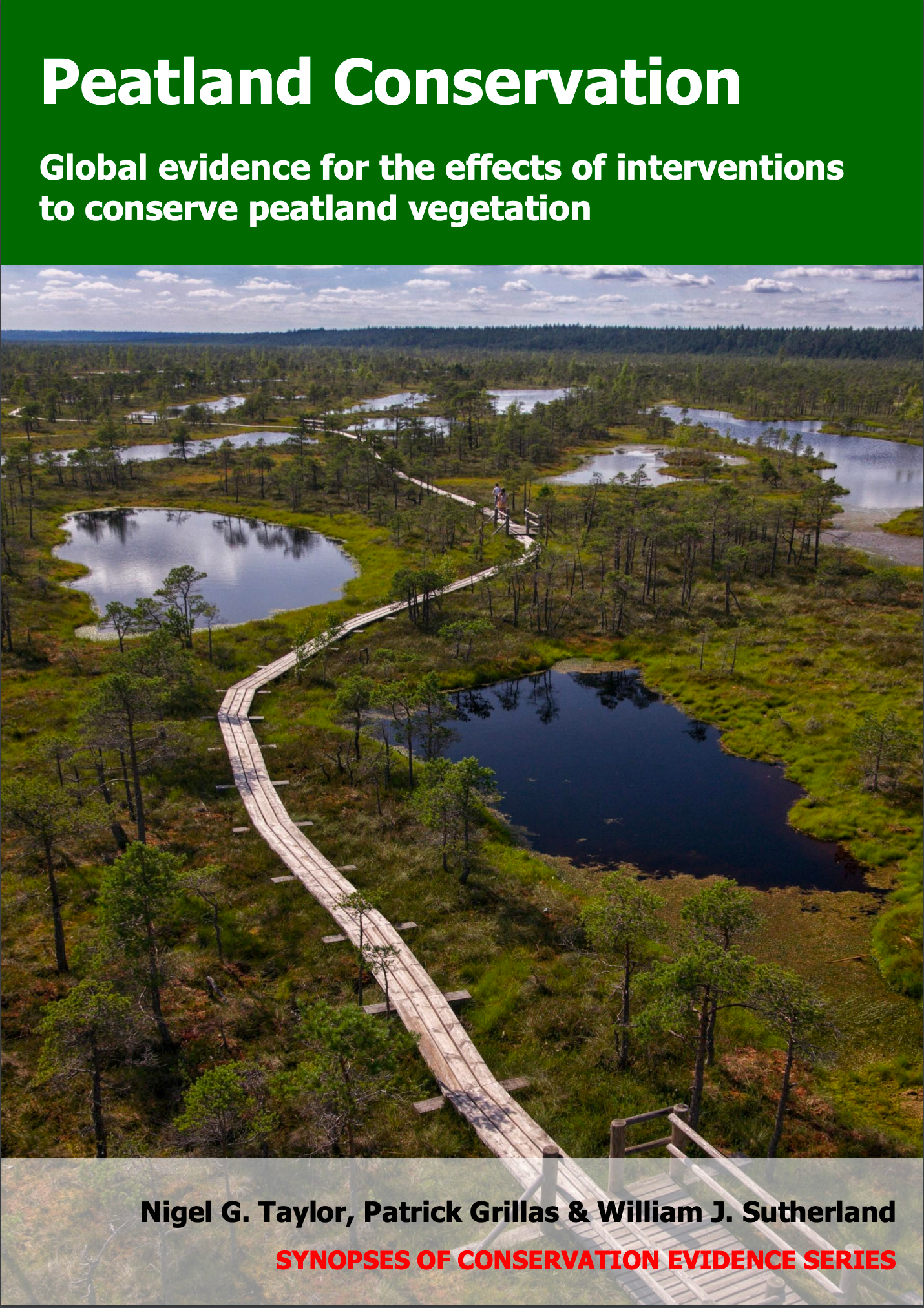Reprofile/relandscape peatland (without planting)
-
Overall effectiveness category Unknown effectiveness (limited evidence)
-
Number of studies: 1
View assessment score
Hide assessment score
How is the evidence assessed?
-
Effectiveness
40% -
Certainty
20% -
Harms
10%
Study locations
Supporting evidence from individual studies
A site comparison study in 2008–2014 in a historically mined bog in Quebec, Canada (Rochefort et al. 2016) reported that areas restored by creating terraces and embankments (and raising the water table) developed a different plant community to nearby natural fens, with less vegetation cover. These results were not tested for statistical significance. Note that the aim of this study was to create a fen, as the post-mining peat chemistry was more like a fen than a bog. Five years after intervention, the overall plant community composition of the restored areas was different from three nearby natural fens (data reported as a graphical analysis). In the restored areas, Sphagnum moss was absent (vs 15–25% in natural fens), other moss cover only 1% (vs 12–55%) and vascular plant cover only 24% (vs 59–86%). In winter 2009/2010, parts of a historically mined bog (abandoned for nine years) were reprofiled (pushing the top 30 cm of degraded peat into embankments) and rewetted (by blocking drainage ditches). The study does not distinguish between the effects of these interventions. Vegetation cover was estimated in 2008 (donor fen; in 16 quadrats along a transect) or 2014 (restored areas: in five 25 m2 plots).
Study and other actions tested
Where has this evidence come from?
List of journals searched by synopsis
All the journals searched for all synopses
This Action forms part of the Action Synopsis:
Peatland Conservation
Peatland Conservation - Published 2018
Peatland Conservation





)_2023.JPG)














